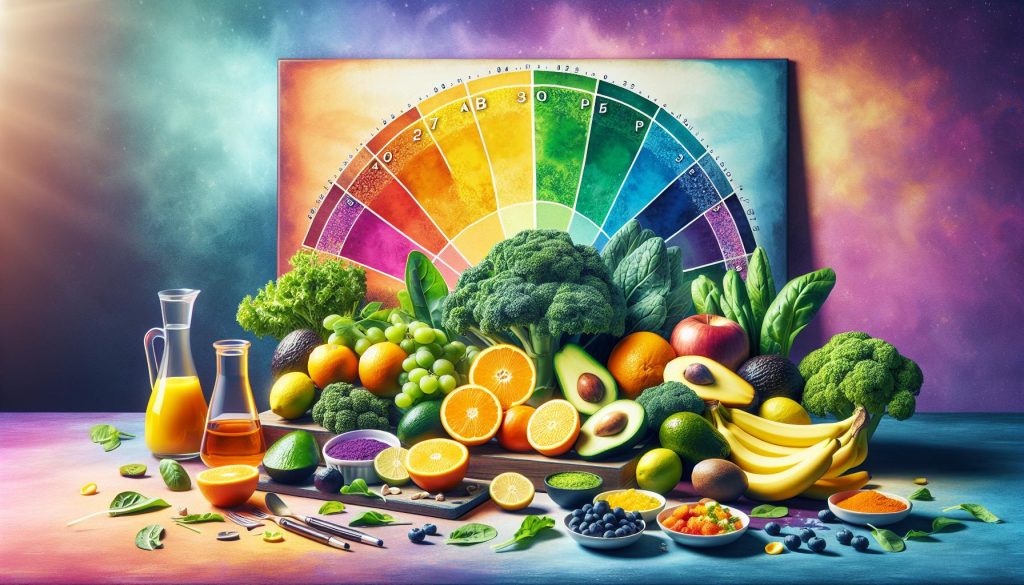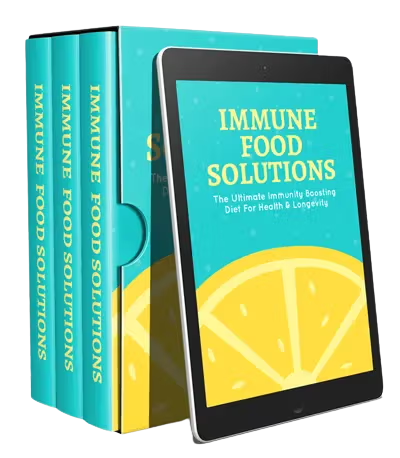
Introduction to The Alkaline Way of Eating
What exactly constitutes a good alkaline diet, one might wonder? This is a nutritional regime that primarily focuses on alkaline foods rich in minerals such as calcium, potassium, and magnesium. The alkaline diet, in a nutshell, promotes a healthier body by managing the body’s pH levels. And oh boy, isn’t it intriguing to consider how balanced pH levels could be the secret sauce to overall wellness? Let’s dive in and explore this enticing elixir of health, discuss its benefits, decode what it entails—essentially, we’ll put it under zesty lime light!
Creating the Canvas: Alkaline vs Acidic Diet
Before we embark on the bountiful journey of alkaline diets, it’s imperative to skim over the surface of the alkaline-acidic concept. Just as a sunrise and a sunset paint the beautiful canvas of a day, our body functions optimally when there exists a balance—an equilibrium of sorts—between acidic and alkaline substances, expressed in pH values. A good alkaline diet is the proverbial sunrise that offsets the more acidic dietary sunset, generating balanced pH harmony in our bodies.
The Balancing Act: Understanding pH
Living a pH-balanced life is like walking a dietary tightrope. Our bodies thrive between the pH range of 7.35 to 7.45, a whisper above neutral in the alkaline direction.
The Core of the Alkaline Diet
Fundamentally, an alkaline diet embraces foods that leave an alkaline residue upon digestion. Think fruits and veggies, nuts, tubers, roots, and legumes. These foods politely deposit traces of alkaline ash. On the other hand, foods like meats, dairy products, sugar, caffeine, and processed foods crash the party, leaving acidic residue in their wake. When our diet is loaded with the latter, it may lead to a stressful soiree for our body!
Good vs Bad is not Our Style Here
No food is inherently “bad.” Instead, it’s about promoting a balance in your body through the intake of both types, a veritable yin and yang of dietary balance.
Making the Alkaline Switch
Transitioning to an alkaline diet doesn’t need to be as daunting as climbing an unstable ladder. Start by ticking processed foods off your grocery list, then dial down on your dairy intake and scale up on leafy greens and citrus fruits. Remember to take it slow, like preparing a well-steeped cup of tea – shift and drift towards this new dietary boat, rather than making an unplanned plunge.
Add a Dash of Alkaline Spices
Spice up your life by adding alkaline spices like parsley, cinnamon, cayenne, and paprika to your meals. Think of it as adding sprinkles on your diet—enticing, full of flavor, and beneficial!
Conclusion to Our Alkaline Journey
Thus, a good alkaline diet is all about balance. It’s not about banishing certain foods, but rather encouraging you to imbibe more of the sunnier, less acidic goods, and help your body maintain a healthy pH balance. Much like how a river flows best when there is equilibrium between its banks, your body functions at its peak between the gentle swings of acidity and alkalinity.
Frequently Asked Questions
1. Does the alkaline diet promise weight loss?
An alkaline diet encourages a healthy eating pattern and may lead to weight loss as a by-product of improved nutritional habits. It’s not a quick fix for weight loss, but it can promote better health overall.
2. Can I drink coffee on the alkaline diet?
Coffee is on the acidic side of the pH scale, so it’s best to have it in moderation—balance is key here.
3. Are all fruits and vegetables alkaline?
While it’s true that most fruits and vegetables are alkaline-forming, a few like plums, prunes, and cranberries are classified as acid-forming.
4. Does alkaline water aid an alkaline diet?
Yes, drinking alkaline water can complement an alkaline diet, but it doesn’t replace the need for eating alkaline-forming foods.
5. Can anyone start an alkaline diet?
Before diving into any major dietary changes, it’s best to consult with a healthcare professional to ensure it aligns with your personal health needs and goals.



